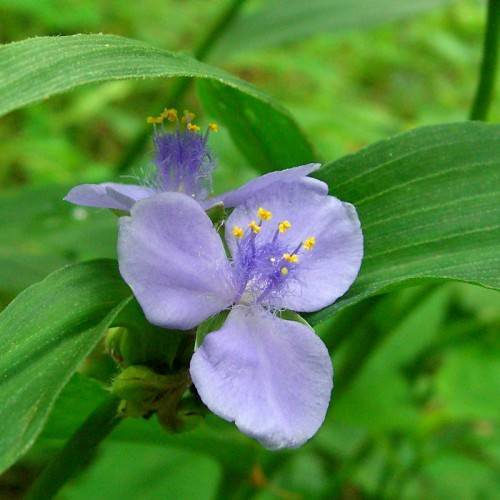
zigzag spiderwort
Tradescantia subaspera
Cycle:
Herbaceous Perennial
Watering:
Average
Hardiness Zone:
5 - 9
Flowers:
Flowers
Sun:
part shade,full sun
Leaf:
Yes
Growth Rate:
Low
Maintenance:
Moderate
Drought Tolerant:
Yes
Invasive:
Yes
Indoors:
Yes
watering
Zigzag spiderwort (Tradescantia subaspera) should be watered on a weekly basis. Water enough to keep the soil moist but not damp and never allow the plant to become waterlogged. Allow the top 2 inches of the soil to dry out slightly before watering again. It is best to water at the base of the plant and take care not to wet the leaves. During the winter months, water less frequently, providing just enough on an as-needed basis.
sunlight
Zigzag spiderwort (Tradescantia subaspera) prefers to be in full sunlight in order to flourish. This means that the plant should receive 6-8 hours of direct sunlight each day. Ideally, this should occur between 8am and 4pm to capture the most amount of sunlight energy. It is important to be mindful of the changes in the seasons when calculating the light hours for the zigzag spiderwort, as the sun moves across the sky, providing more or less available sunlight.
pruning
Zigzag spiderwort (Tradescantia subaspera) should be pruned several times a year, starting in the spring when shoots begin to appear. Light pruning is recommended, cutting back no more than 1-third of the overall plant at any 1 time. This will encourage more growth and keep the plant looking neat and tidy. Pruning should continue throughout the growing season as necessary. In the early autumn, heavier pruning can be done to remove dead or damaged leaves and stems. This will encourage a more vigorous and dense growth in subsequent seasons. Prune off all dead flower spikes in late summer or early autumn.
